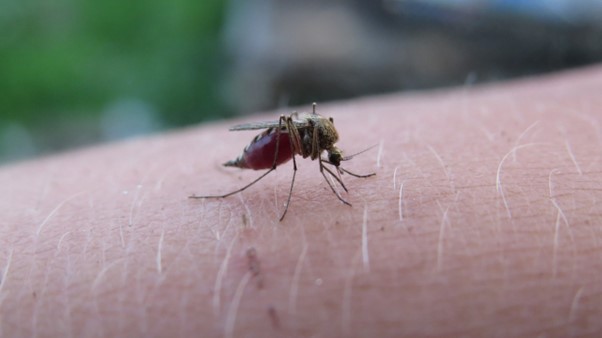Malaria is one of the most significant global health challenges, especially in tropical and subtropical regions. Caused by a parasite transmitted through the bites of infected female Anopheles mosquitoes, it continues to affect millions of people every year. Despite advances in medicine, malaria remains a major cause of illness and death in many parts of the world. In this article, we explore the symptoms, causes, and prevention strategies for this deadly disease.
What is Malaria?
Malaria is an infectious disease caused by Plasmodium parasites, which are transmitted to humans through mosquito bites. There are five types of Plasmodium parasites that can cause malaria in humans: P. falciparum, P. vivax, P. ovale, P. malariae, and P. knowlesi. Among them, P. falciparum is the most dangerous and responsible for most malaria-related deaths.
Once the parasite enters the bloodstream through a mosquito bite, it travels to the liver, where it matures and multiplies. After an incubation period, the parasite re-enters the bloodstream, infecting red blood cells and causing the characteristic symptoms of malaria.
Symptoms of Malaria
Malaria symptoms usually appear 10–15 days after being bitten by an infected mosquito. The severity and duration of symptoms can vary depending on the type of Plasmodium parasite. Common symptoms include:
- Fever: One of the most prominent symptoms, often occurring in cycles as the parasite multiplies in the bloodstream.
- Chills: Accompanied by fever, malaria patients often experience intense chills.
- Headache: A persistent, throbbing headache is common in malaria cases.
- Nausea and Vomiting: These symptoms often coincide with the body’s fever response.
- Muscle Aches and Fatigue: General body weakness and fatigue can last even after the fever subsides.
- Sweating: After a bout of fever and chills, patients often experience excessive sweating.
- Anemia: Due to the destruction of red blood cells, anemia can develop, leading to fatigue and shortness of breath.
- Severe Symptoms: In cases of severe malaria, symptoms may escalate to confusion, seizures, respiratory difficulties, and even organ failure.
Causes of Malaria
The root cause of malaria is infection by Plasmodium parasites, which are transmitted through the bite of infected mosquitoes. The transmission cycle involves:
- Mosquito Bite: An infected Anopheles mosquito bites a person, injecting the parasite into their bloodstream.
- Liver Infection: The parasites travel to the liver, where they mature and reproduce.
- Red Blood Cell Infection: After maturing, the parasites invade red blood cells, leading to their destruction and causing the typical symptoms of malaria.
- New Mosquitoes Become Infected: If another mosquito bites an infected person, it can become a carrier and spread the disease to others.
Other rare causes include transmission through blood transfusion, organ transplants, and shared needles.
Prevention Strategies
Preventing malaria involves a combination of individual protection measures, environmental controls, and medical interventions. Here are key strategies for malaria prevention:
- Use of Insecticide-Treated Nets (ITNs): Sleeping under a mosquito net treated with insecticides is one of the most effective ways to reduce malaria risk, especially in areas where malaria is endemic.
- Indoor Residual Spraying (IRS): Regular spraying of homes with insecticides helps kill mosquitoes and reduce transmission.
- Antimalarial Medication: For travelers and people living in high-risk areas, taking preventive antimalarial drugs can reduce the risk of infection. Common drugs include chloroquine, doxycycline, and artemisinin-based combination therapies (ACTs).
- Eliminate Breeding Sites: Mosquitoes breed in stagnant water. Reducing or eliminating these breeding sites around homes and communities can significantly reduce mosquito populations.
- Vaccination: The development of the RTS,S/AS01 malaria vaccine, approved for use in children in sub-Saharan Africa, is a breakthrough in prevention. While not 100% effective, it represents a critical step forward in protecting vulnerable populations.
- Personal Protection: Wearing long-sleeved clothing, using insect repellents containing DEET, and staying indoors during peak mosquito activity (dawn and dusk) can help reduce the risk of bites.
Conclusion
Malaria remains a serious global health threat, especially in resource-poor areas. Early detection and treatment, combined with effective prevention strategies, are key to reducing the disease’s impact. By increasing awareness of the symptoms, causes, and available prevention methods, individuals and communities can play a critical role in combating malaria and saving lives.
While global efforts to eliminate malaria have made significant progress, the battle against this deadly disease continues. Through continued research, innovation, and collaboration, we can hope for a future where malaria is no longer a threat to human health.

